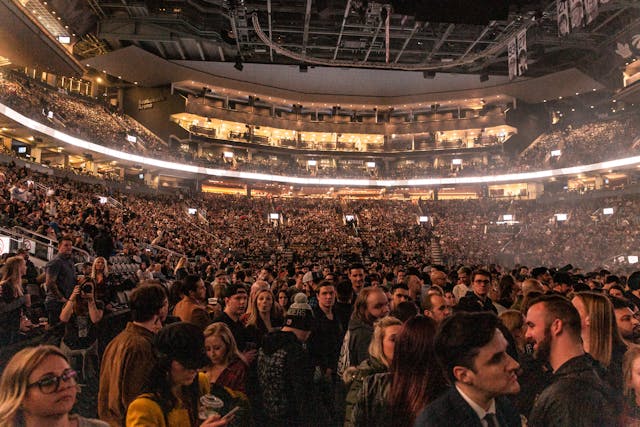Airports and train stations handle thousands — sometimes millions — of passengers every week. For facilities managers, this means huge demand on toilets, food courts, and drainage infrastructure. Traditional gravity-based systems can struggle under the pressure, leading to high water bills, frequent maintenance, and limited design flexibility.
Vacuum drainage systems offer a smarter solution. By reducing water use by up to 90% and enabling flexible pipe layouts, vacuum systems are increasingly being used in airports and train stations to manage high footfall efficiently.
EVDS is here to help if you are interested in vacuum draining, get in touch here.
Why Traditional Drainage Struggles in Transport Hubs
Transport hubs present unique challenges:
- High frequency of use – toilets are flushed thousands of times per day
- Complex layouts – multiple levels, restricted space, and long distances to mains drainage
- High water bills – traditional toilets use 6–9 litres per flush, adding up quickly
- Maintenance disruptions – repairs in busy public areas can cause costly downtime
UK offices typically use around 50 litres of water per employee per working day. Inspired PLC+1
The Environment Agency warns that, without efficiency improvements, England could require an extra 3,435 million litres of water per day by 2050. betterbuildingspartnership.co.uk+1
In environments where reliability and hygiene are critical, gravity drainage isn’t always the best fit.

How Vacuum Drainage Systems Solve These Challenges
Vacuum systems replace the need for sloping gravity pipework with sealed small-bore piping and vacuum interface valves that draw wastewater into a central collection unit.
Key benefits for airports and train stations:
- Massive water savings – 0.5–1.2 litres per flush vs 6–9 litres for gravity toilets
- Flexibility in design – pipework can run horizontally and around obstacles, ideal for retrofits and expansions
- Reduced downtime – easier to reroute or add toilets without major excavation
- Improved hygiene – sealed systems reduce risk of leaks and unpleasant odours in busy passenger areas
Real-World Example: Daily Savings in a Busy Terminal
Imagine an airport terminal with 20,000 toilet flushes a day:
- Gravity toilets (6 L each) = 120,000 litres of water used daily
- Vacuum toilets (0.6 L each) = 12,000 litres used daily
- That’s a savings of 108,000 litres every single day — equivalent to over 430,000 cups of tea.
Other Applications in Transport Hubs
Vacuum drainage isn’t just for toilets. Airports and stations also use these systems for:
- Food courts & retail areas – moving greywater and condensate from outlets without costly trenching
- Modular extensions – quick installation for temporary facilities or terminal expansions
- Heritage or listed stations – adding modern drainage without damaging protected structures
Why Facility Managers Are Choosing Vacuum Systems
For high-footfall environments, the choice often comes down to long-term reliability and cost control. Vacuum drainage helps:
- Reduce utility bills
- Lower maintenance and downtime
- Support flexible future development
- Improve passenger experience with reliable facilities
Read more about the benefits of EVAC solutions here.
Conclusion: High demand Vacuum drainage
Airports and train stations can’t afford to let drainage issues disrupt operations. Vacuum drainage systems offer a robust, water-saving, and flexible solution that meets the demands of high-footfall transport hubs. By switching from gravity to vacuum technology, facility managers can save thousands of litres of water daily, reduce costs, and ensure smooth operations for years to come.
